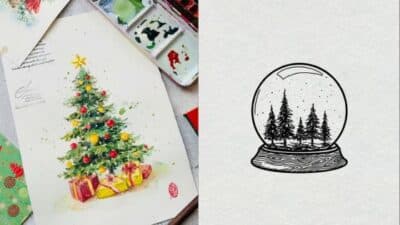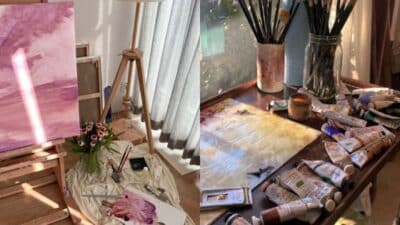Ever felt that itch to create, but found yourself staring at a blank page, utterly stumped? Or maybe you picked up a pencil, made a few lines, and then abandoned it, convinced you weren’t “good enough”? You’re not alone. Many aspiring artists, or even just people looking for a creative outlet, struggle with the pressure of producing perfect art. But what if drawing didn’t have to be about perfection? What if it could just be about fun, exploration, and simply doing?
That’s where the magic of a daily sketchbook comes in. It’s not about creating masterpieces for a gallery; it’s about building a consistent, low-pressure creative habit that benefits your mind, your skills, and your overall well-being. Think of your sketchbook as a private playground for your imagination, a judgment-free zone where every line, scribble, and splash is a step in a unique artistic journey.
Why Embrace the Daily Sketchbook Habit?
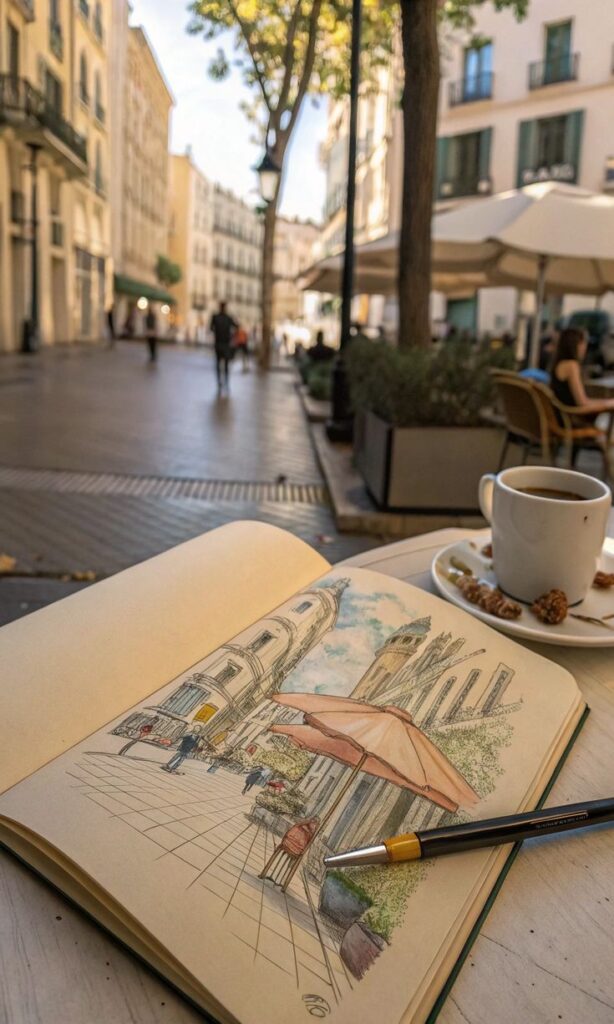
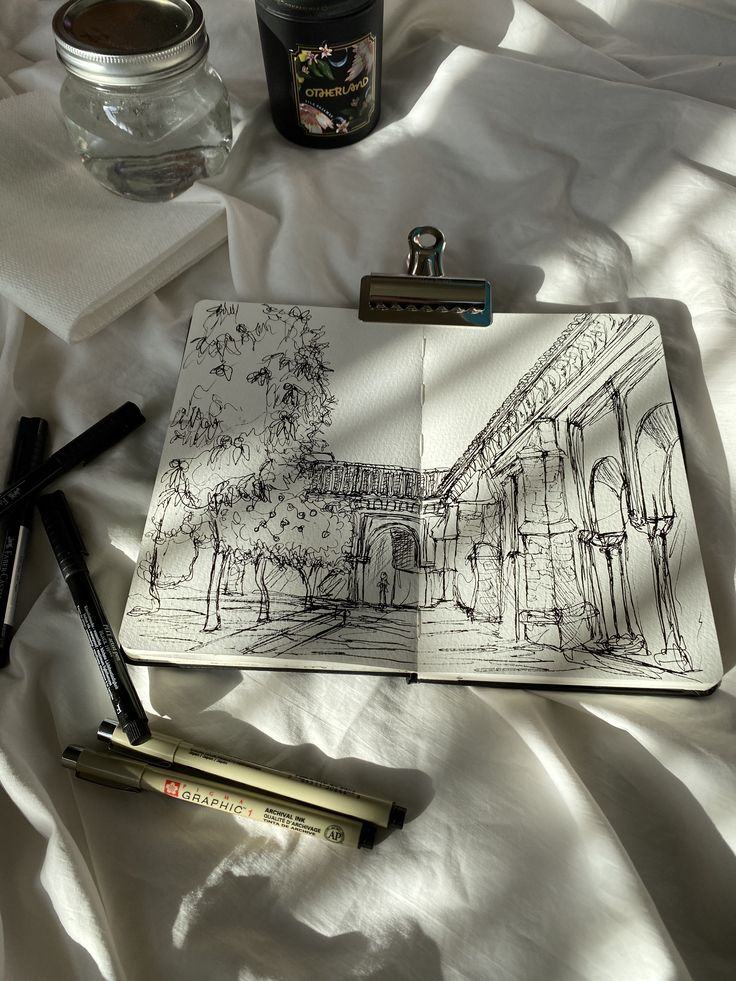
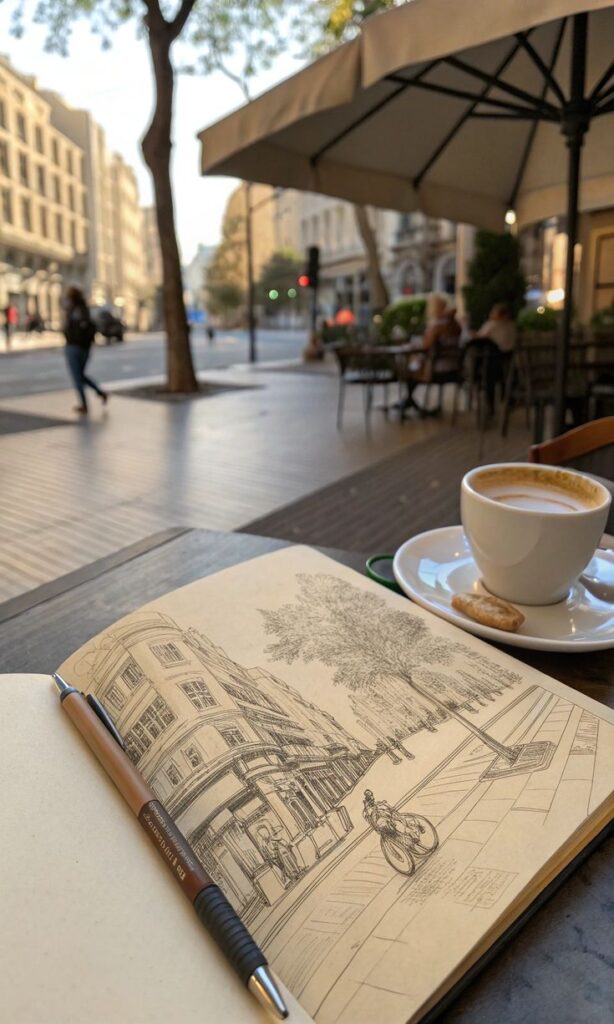
Before we dive into a treasure trove of ideas, let’s talk about why this habit is so powerful. It’s more than just drawing; it’s a form of self-care and mental exercise.
Boosts Creativity and Problem-Solving
Consistent drawing forces your brain to think visually, connecting ideas and seeing the world in new ways. It’s like a workout for your creative muscles. When you encounter a challenge on paper, you’re building problem-solving skills that spill over into other areas of your life.
Sharpens Observation Skills
When you draw from life, you start to really see. You notice the subtle curve of a leaf, the way light hits a coffee cup, the unique folds in fabric. This heightened awareness enriches your perception of the world around you.
Reduces Stress and Boosts Mindfulness
In a fast-paced world, sitting down with a sketchbook offers a tranquil escape. It’s a mindful activity that grounds you in the present moment, much like meditation. The act of putting pencil to paper can be incredibly calming, helping to quiet a busy mind.
Document Your Life, Visually
A sketchbook becomes a personal visual diary, capturing moments, feelings, and observations that words alone might miss. It’s a tangible record of your journey, artistic and otherwise. Looking back through old sketchbooks is like revisiting forgotten memories, tracing your growth, and seeing how your style evolves.
Low-Pressure Learning Environment
This is perhaps the most crucial benefit. A sketchbook is where mistakes are celebrated as learning opportunities, not failures. There’s no expectation for finished art, which frees you to experiment, play, and take risks without fear of ruining something important. It’s purely for you.
Getting Started: Your Sketchbook Toolkit
You don’t need a professional art studio to begin. The beauty of sketchbooking is its accessibility.
Choosing Your Perfect Sketchbook
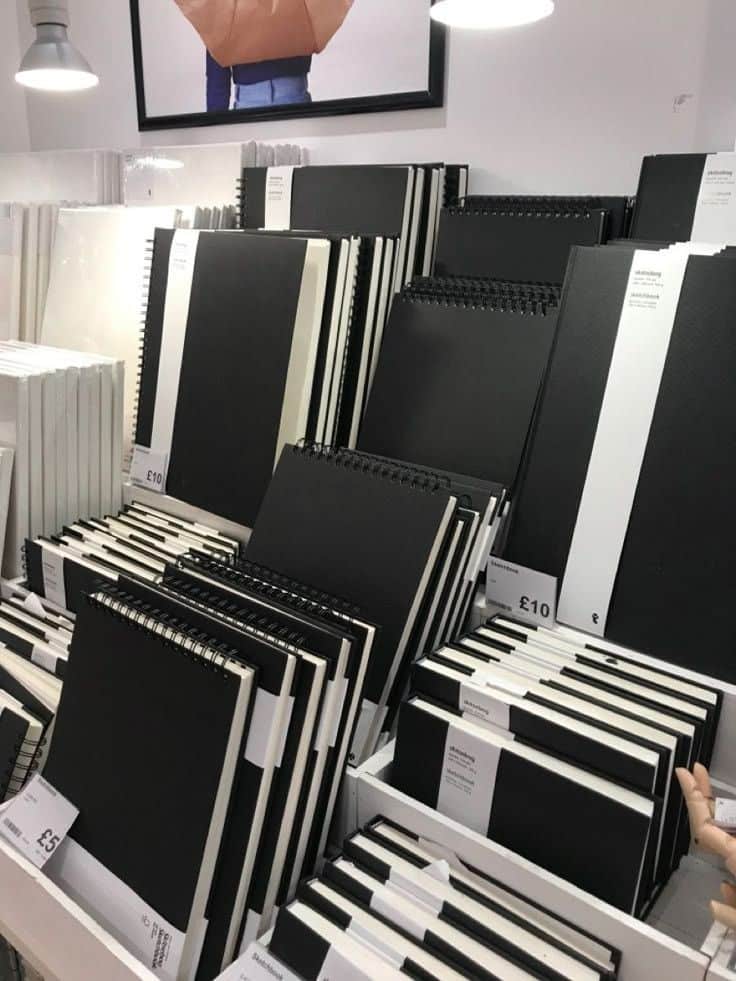

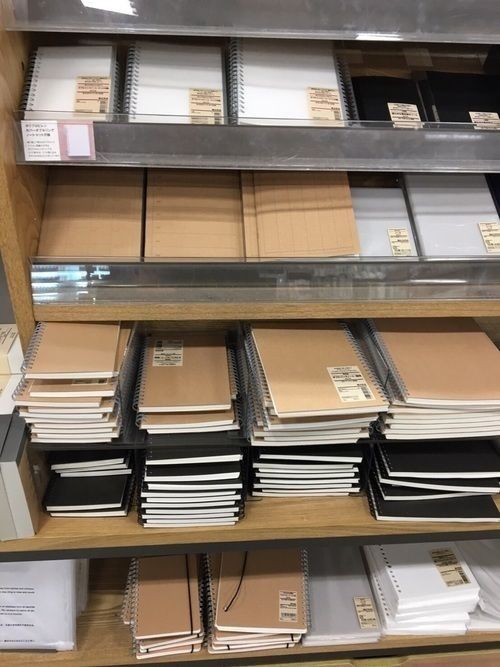
This is a personal choice, but a good starting point helps.
- Size: Smaller sketchbooks (A5 or A6) are great for portability and quick sketches, reducing the intimidation of a large blank page. Larger ones offer more space for expansive ideas.
- Paper Type: Think about what you might use.
- Smooth paper: Ideal for pens, fine liners, and detailed pencil work.
- Toothy (textured) paper: Excellent for charcoal, pastels, and pencil shading, as it holds pigment better.
- Watercolor paper: If you plan on using wet media, opt for thicker paper (140lb/300gsm minimum) to prevent buckling.
- Binding: Spiral-bound lays flat, making it easy to work across two pages. Hardcover stitched bindings are durable and feel more like a permanent journal.
Essential Drawing Tools
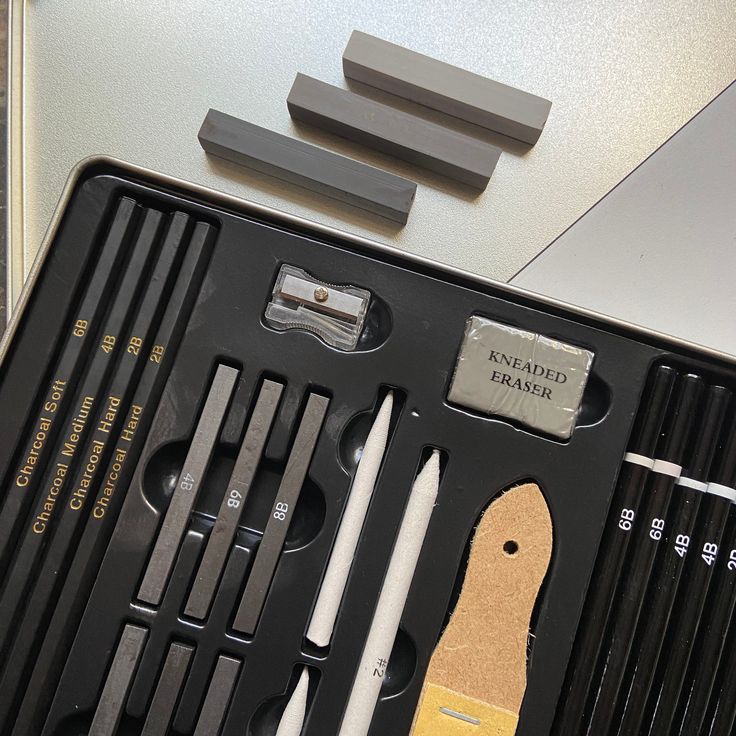
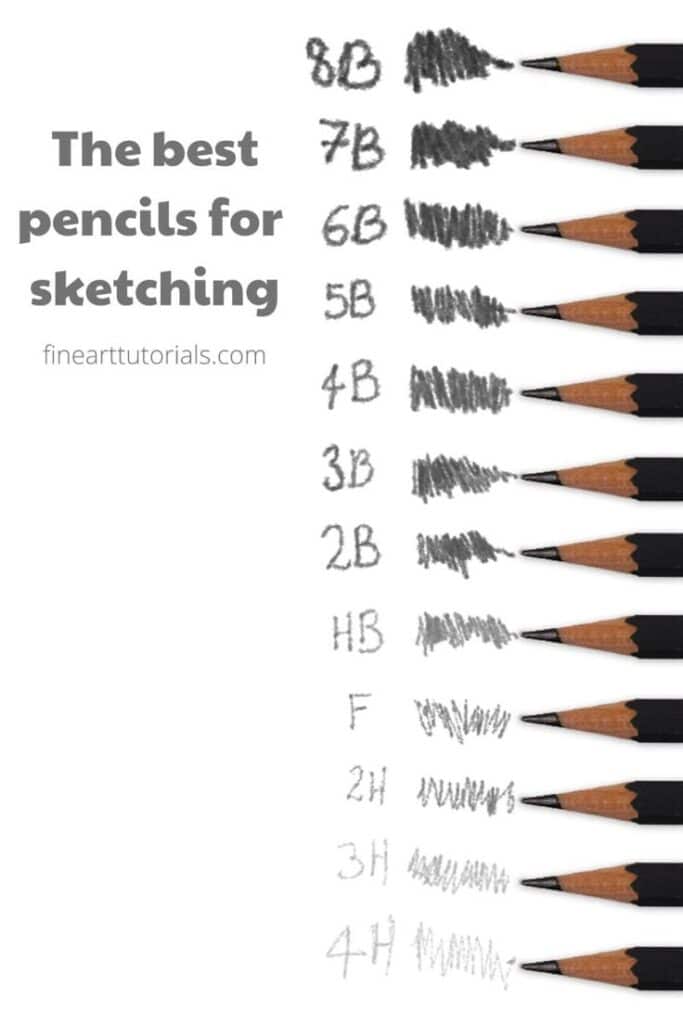
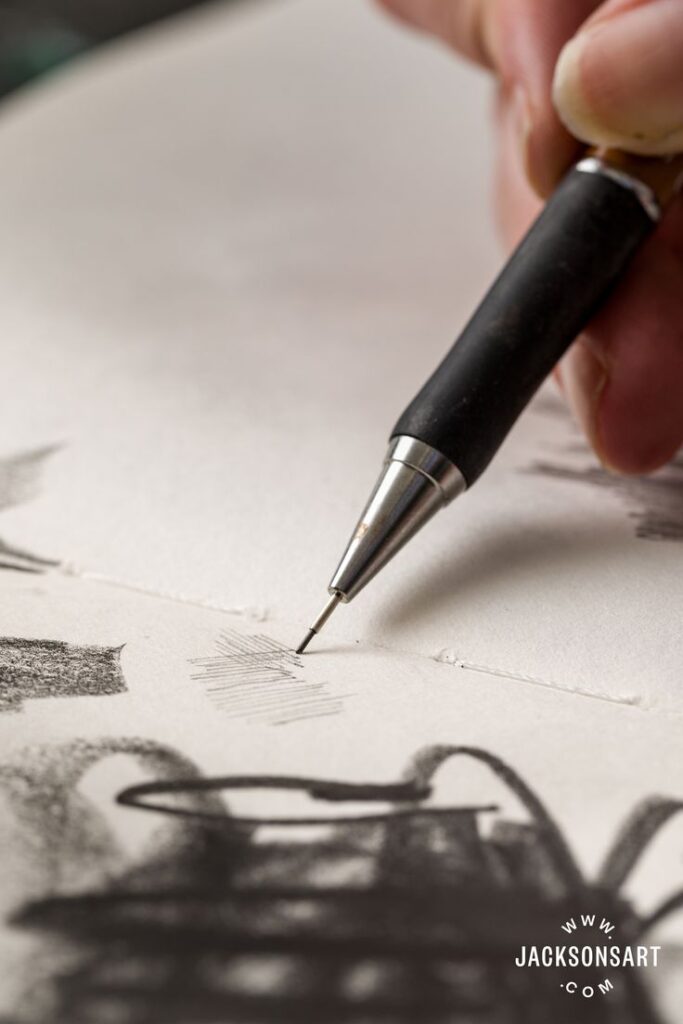
Keep it simple. You can always add more later.
- Pencils: A few graphite pencils (HB for general drawing, 2B for darker lines/shading, 4B or 6B for very dark tones).
- Pens: A simple ballpoint pen, a fineliner (like a Micron or Pitt pen for ink drawings), or a brush pen can add variety.
- Eraser: A kneaded eraser is fantastic for lifting graphite without damaging paper, and a vinyl eraser for sharper clean-ups.
- Optional Extras: Small watercolor set, colored pencils, markers, a white gel pen for highlights.
Creating Your Routine
Consistency is key, but don’t overcommit.
- Set a time limit: Even 5-10 minutes a day is enough to build the habit. It’s better to draw a little every day than to aim for a long session once a week and never get to it.
- Pick a trigger: Associate drawing with an existing daily habit. Maybe it’s while you have your morning coffee, during your lunch break, or before bed.
- Keep it accessible: Leave your sketchbook and a pencil out where you can easily grab them. Out of sight, out of mind!
Easy & Creative Ideas to Keep You Drawing
Now for the fun part! Here’s a massive list of ideas, broken down into categories, to spark your imagination and get your pencil moving. Remember, there are no rules here – just suggestions to get you started.
1. Observational Drawing: Drawing What You See
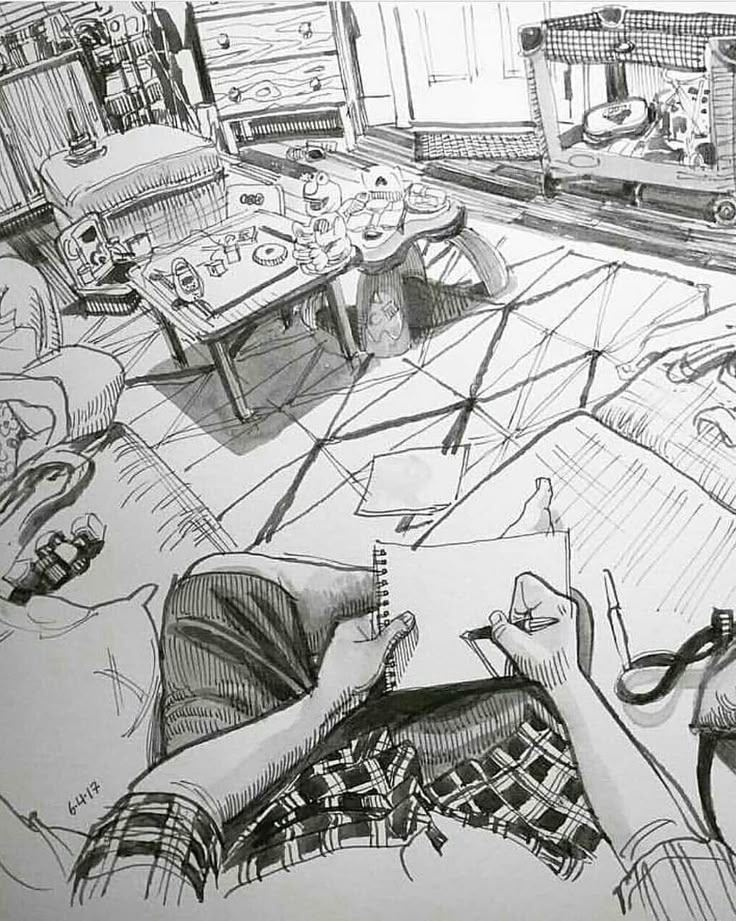
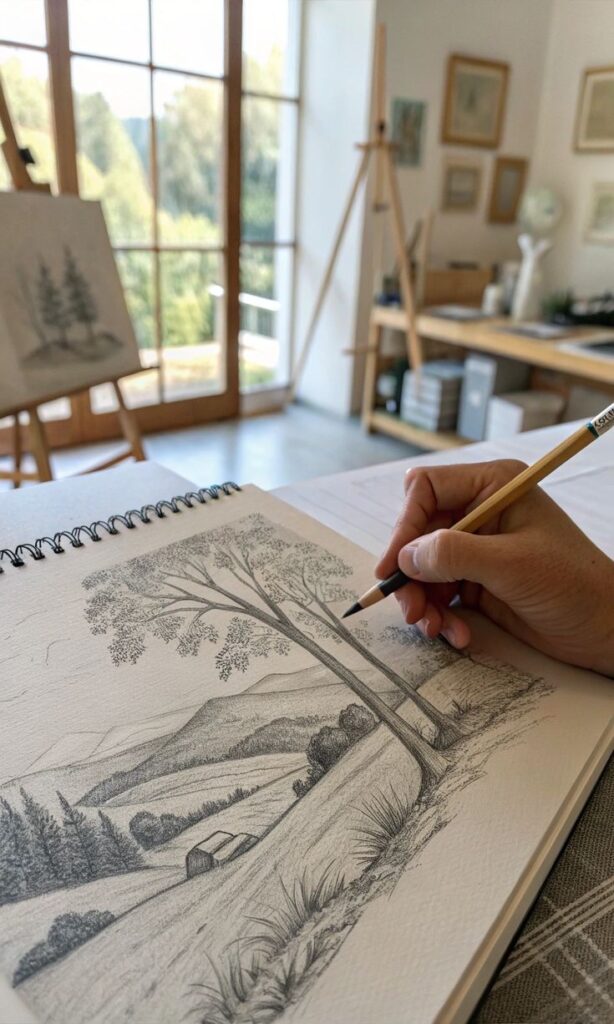

This is the foundation of many drawing practices. Look around you; inspiration is everywhere!
- Everyday Objects: Pick a random object from your desk – your phone, a pair of glasses, a coffee mug, your keys. Focus on its shape, shadows, and textures. Don’t try to make it perfect; just try to render what you see.
- Household Still Life: Arrange a few simple items on a table – a fruit, a bottle, a book. Pay attention to how they interact, the negative space between them, and how light falls upon them.
- Plants and Nature: Draw a houseplant, a flower, a leaf, or even a branch you found outside. Focus on organic forms and intricate details.
- Food Sketches: Before you eat your meal, take a few minutes to sketch it. The textures of bread, the sheen of a fruit, the steam from a hot drink – all make for interesting subjects.
- People Watching (Quick Gestures): If you’re in a cafe or park, do quick, 30-second to 2-minute sketches of people. Don’t worry about likeness; capture their pose, their movement, their essence. These quick studies are excellent for improving your speed and ability to capture dynamic forms. For more focused figure studies, consider exploring some minimalist figure drawing ideas to simplify complex human forms into expressive lines and shapes.
- Hands and Feet: These are notoriously tricky but incredibly rewarding to draw. Sketch your own hands in different poses – holding a pen, resting on a table, clenching a fist.
- Pets: If you have a furry (or scaled!) friend, they make excellent, if sometimes wiggly, models. Capture their favorite sleeping pose or a playful moment.
- Window Views: Draw what you see outside your window. The buildings, trees, cars, or even just the sky. Notice the perspective and how elements recede into the distance.
- Reflections: Draw reflections in water, a mirror, or a shiny surface. This is a great way to practice seeing distorted forms and light.
2. Imagination & Prompt-Based Drawing: Unleashing Your Inner World
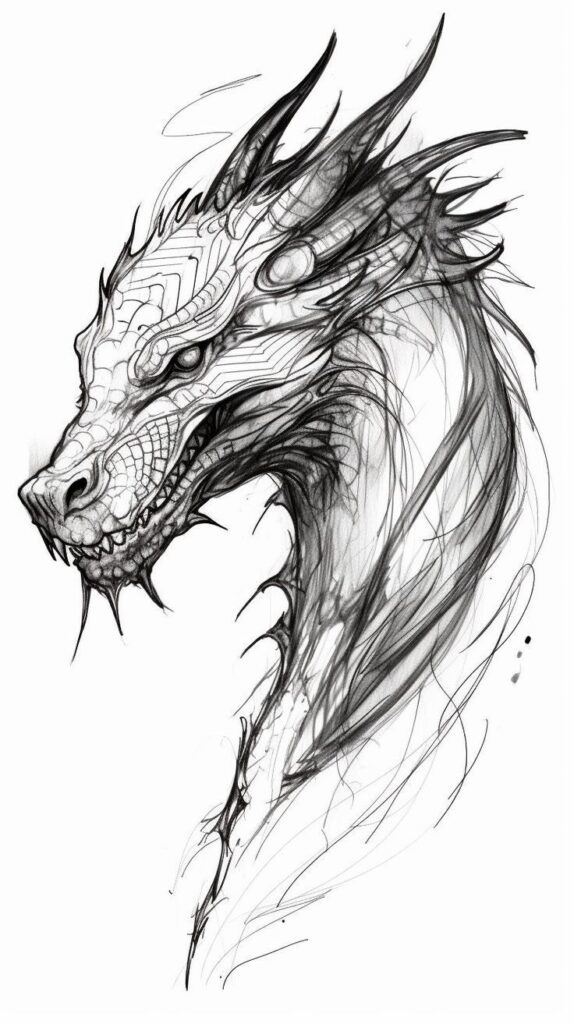
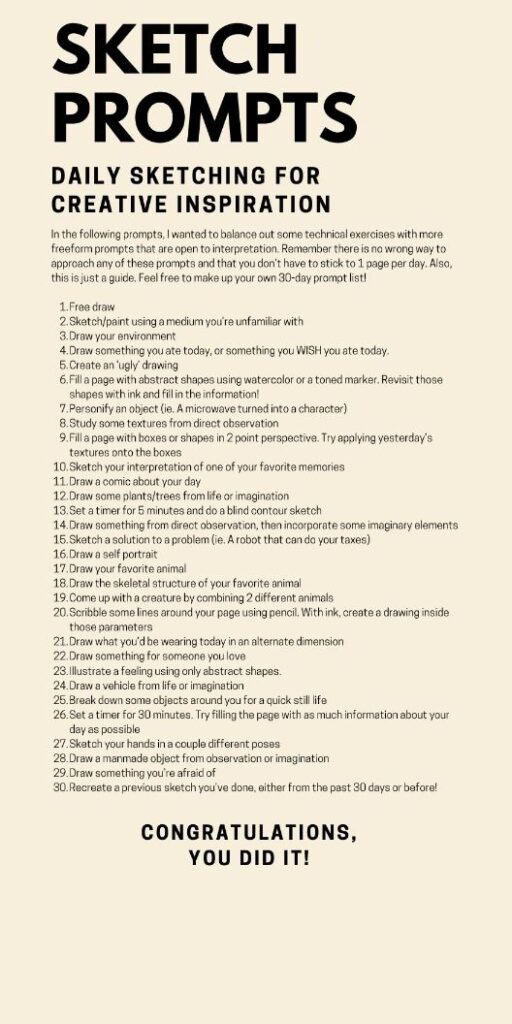
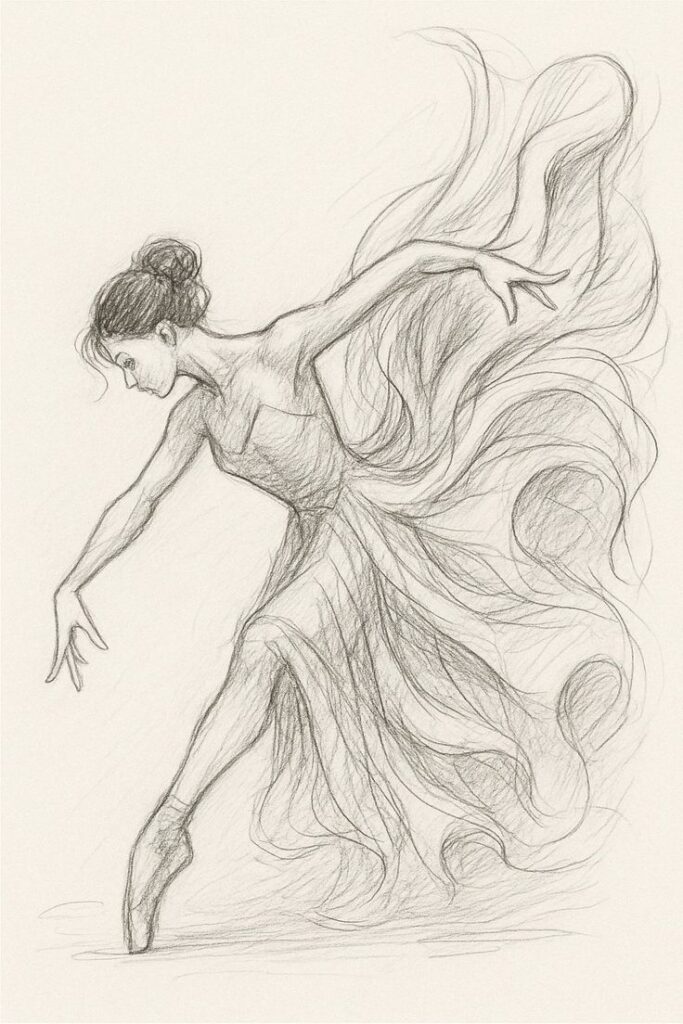
Sometimes, seeing isn’t enough; you need to tap into your own creativity.
- Word Prompts: Generate a random word (use an online generator or just pick one from a book) and draw whatever comes to mind. Examples: “Whisper,” “Flight,” “Machine,” “Ancient,” “Harmony,” “Shadow.”
- Emotion Prompts: Draw an emotion – how does “joy” look? What about “anxiety” or “serenity”?
- Storytelling in Mini-Comics: Create a tiny, one-page comic strip. It could be about your day, a funny observation, or a snippet of a dream.
- Character Design: Invent a new character. What do they look like? What do they wear? What’s their expression?
- Dream Journaling: The moment you wake up, quickly jot down or sketch something from a dream you remember. Dreams are a rich source of surreal and interesting imagery.
- Abstract Doodles and Patterns: Just let your hand move! Fill the page with lines, shapes, and patterns without any specific subject in mind. This is incredibly meditative and can lead to unexpected designs.
- Redrawing Old Sketches: Go back to an old drawing you did and redraw it, seeing how your style and skills have evolved. It’s a fantastic way to track progress.
- Mythical Creatures/Fantasy Elements: Draw a dragon, a fairy, a wizard’s staff, or an imaginary landscape.
- Urban Art Inspiration: Explore different artistic styles, like drawing inspiration from graffiti drawings exploring urban art styles. Try incorporating bold lines, dynamic letterforms, or stylized characters into your sketches.
3. Technical Skill Building: Leveling Up Your Craft
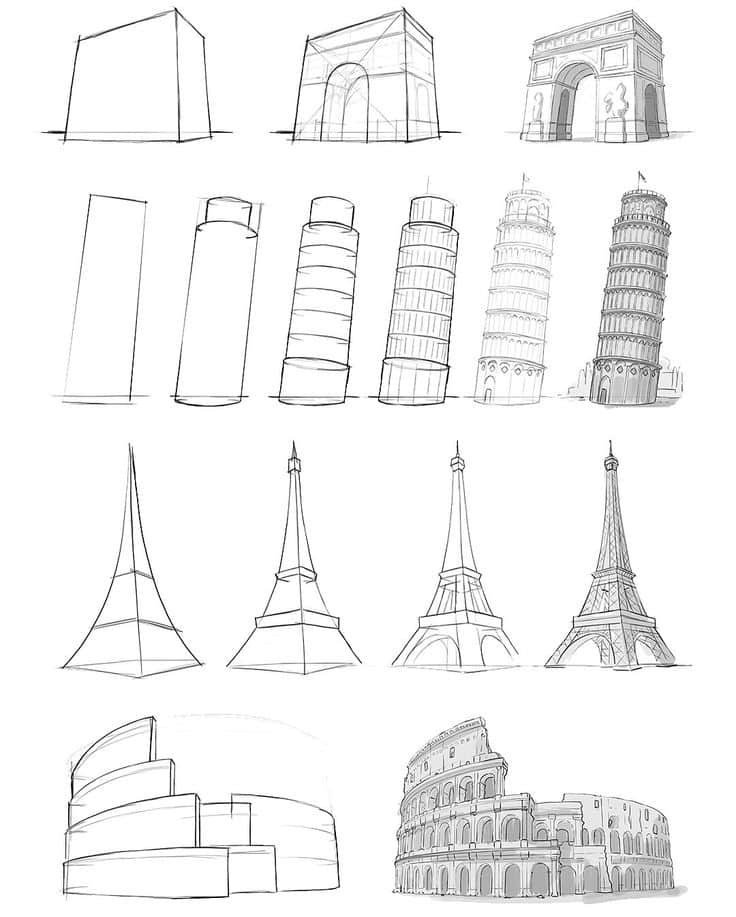
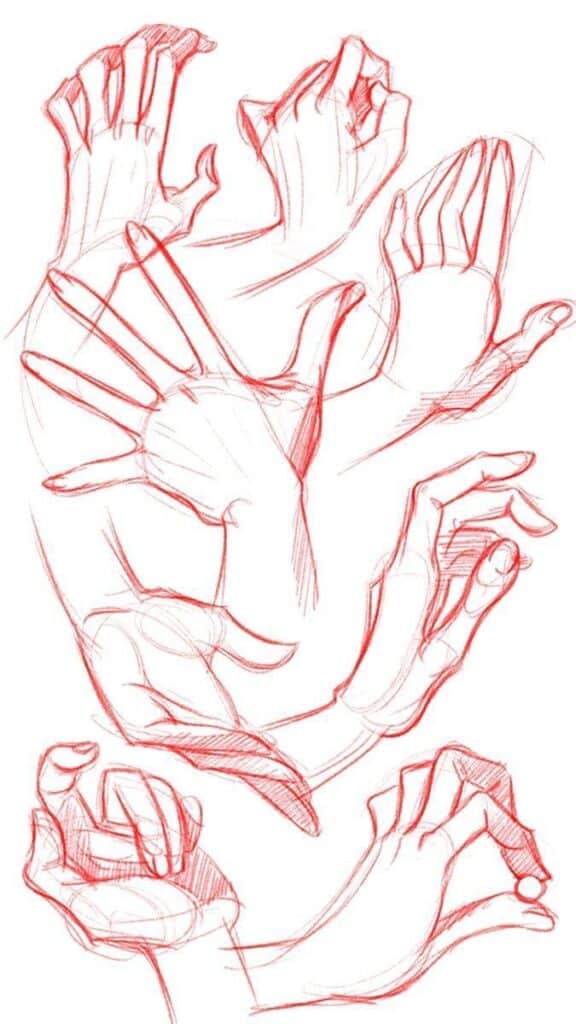
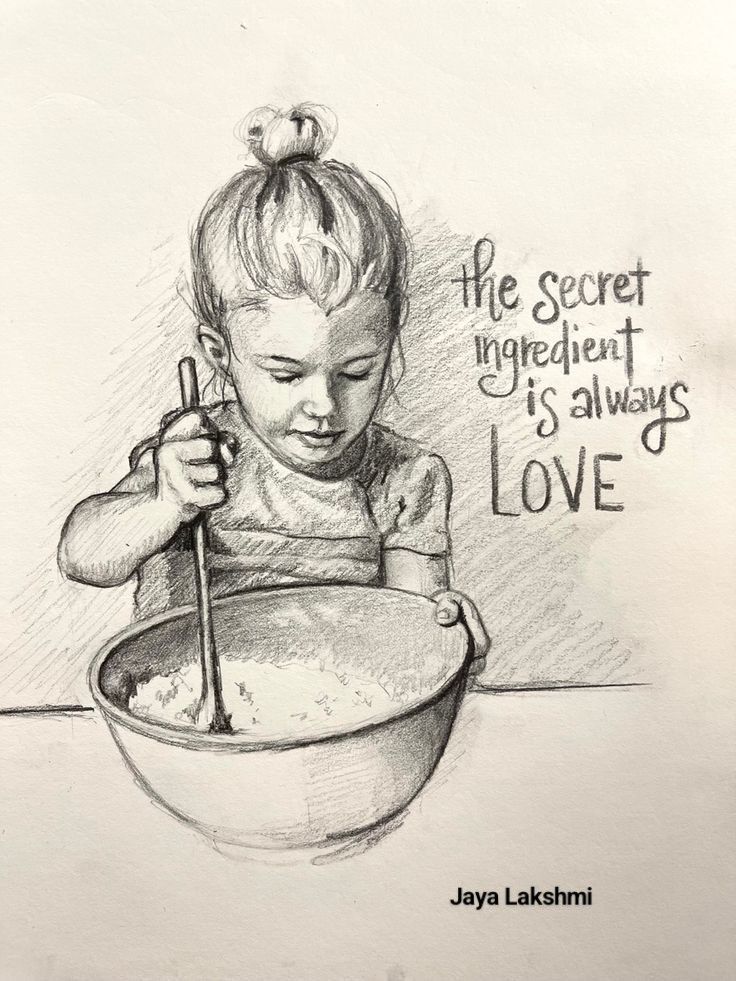
Use your sketchbook to practice specific techniques and improve your foundational skills.
- Shading Exercises: Practice different shading techniques – cross-hatching, stippling, blending, scumbling. Draw simple spheres, cubes, or cones to understand light and shadow.
- Line Weight Studies: Experiment with varying the thickness and darkness of your lines to create depth and emphasis.
- Perspective Practice: Draw simple boxes in one, two, or three-point perspective. Then try applying it to more complex scenes.
- Anatomy Studies: Focus on specific body parts. Beyond hands and feet, try sketching skulls, ribcages, or muscle groups from reference images.
- Copying Masterworks (for learning): Choose a small section of a famous painting or drawing (from a book or online) and try to copy it. This isn’t about claiming it as your own, but about understanding composition, line work, and shading from the masters. For example, try to capture the atmospheric quality of artists known for Impressionism drawing by focusing on light, color, and loose brushstrokes.
- Typography: Experiment with different letterforms, fonts, and calligraphy. Draw your favorite quotes or song lyrics.
- Texture Studies: Draw objects specifically to capture their texture – the roughness of bark, the smoothness of glass, the softness of fur, the intricate patterns of fabric.
4. Experimentation & Mixed Media: Breaking Out of Your Comfort Zone
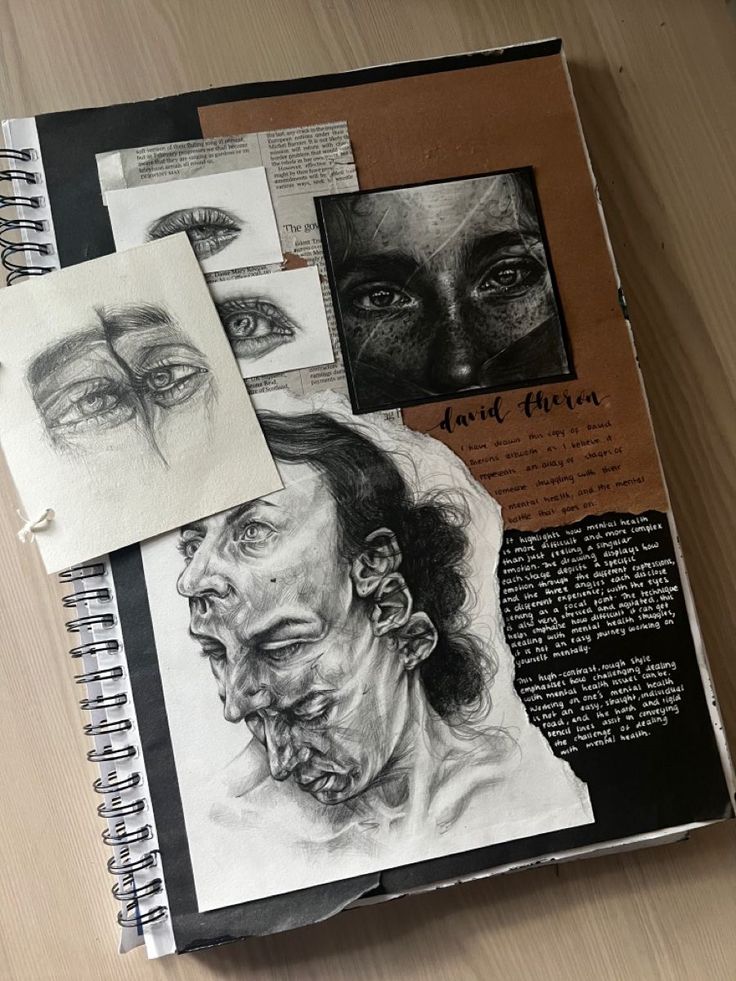

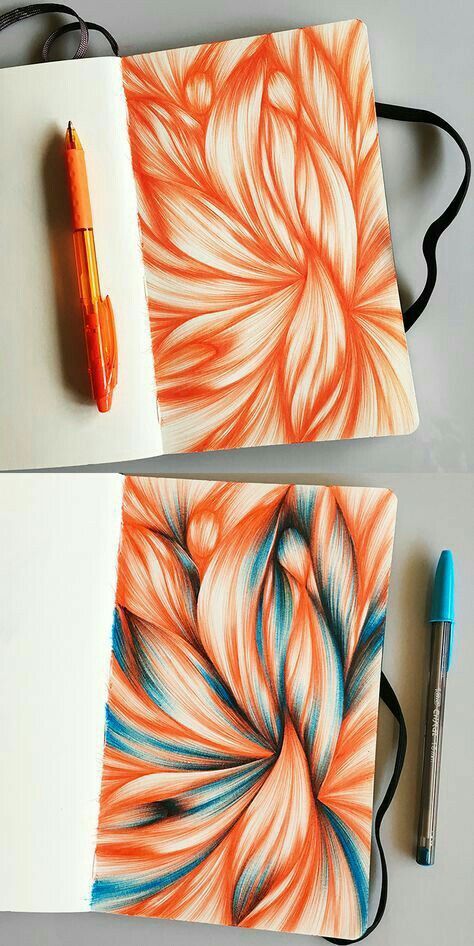
Your sketchbook is the perfect place to try new things without fear of “ruining” a good piece of paper.
- Limited Palette Challenge: Pick only 2-3 colors (or even just black and white) and see what you can create.
- Combine Media: Use watercolor washes with pen details, or colored pencils over a light marker base.
- Collage Elements: Glue in tickets, magazine clippings, fabric scraps, or photographs. Then draw on top of or around them, integrating them into your sketch.
- Non-Traditional Tools: Try drawing with a twig dipped in ink, coffee, tea, or even dirt mixed with water.
- Blind Contour Drawing: Without looking at your paper, draw the outline of an object or person, focusing only on the contours of the subject. This dramatically improves observation.
- Dominant Hand Swap: Try drawing with your non-dominant hand. It’s frustrating but incredibly freeing, as it forces you to let go of perfection.
- Negative Space Drawing: Instead of drawing the object itself, draw the space around the object. This helps you see shapes in a new way.
5. Themed Pages & Challenges: Adding Structure to Your Play
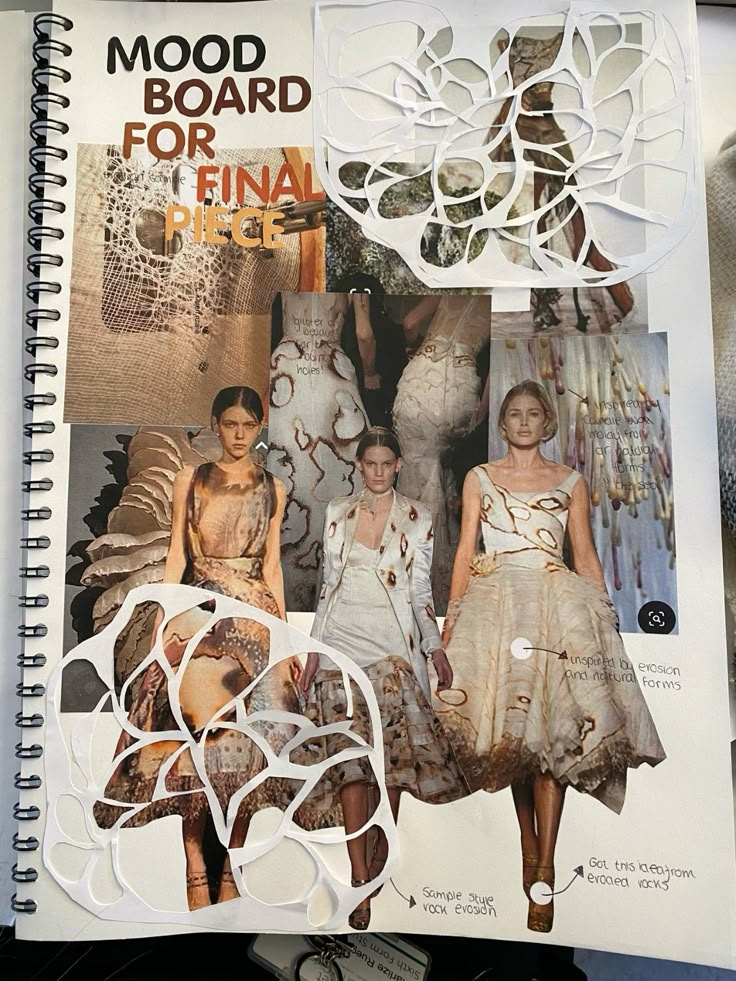
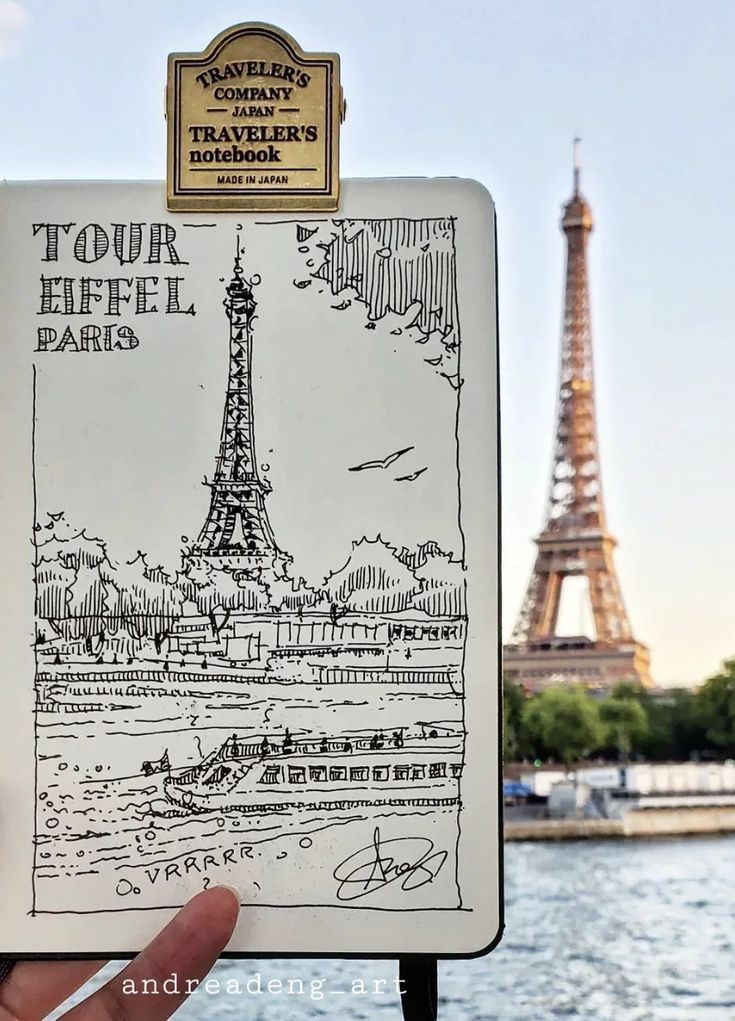
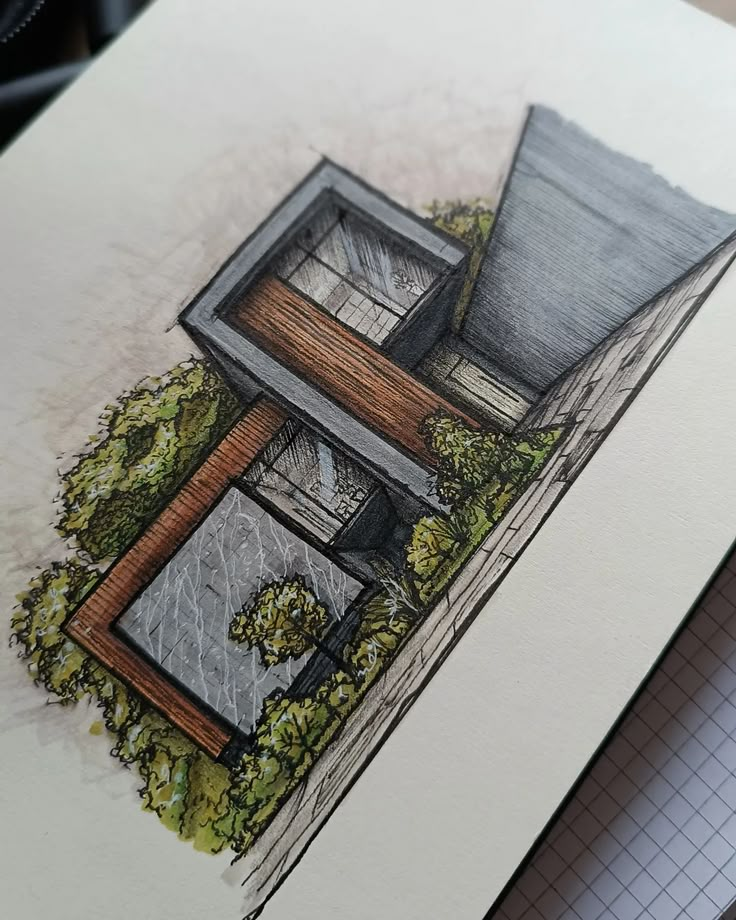
Sometimes a little structure can ignite even more creativity.
- Daily Themes: Set a theme for each day of the week (e.g., Monday: “Something Green,” Tuesday: “A Sound,” Wednesday: “A Tool”).
- Color-Focused Pages: Dedicate a page to exploring a single color palette. How many different shades and tones can you create with a limited set of colors?
- Mood Boards/Visual Journals: Collect images, textures, and words that inspire a certain mood or aesthetic. You could even create a visual journal inspired by aesthetic lockscreen ideas, translating those visual vibes into your drawings. This is also a fantastic way to develop an aesthetic diary, weaving together personal reflections with visual art.
- Travel Sketchbook: Document your trips with quick sketches of landmarks, food, people, or even just the details of your hotel room. It’s a more personal and immersive way to remember experiences than just photos.
- Nature Journal: Dedicate a sketchbook to drawing flora and fauna, observing changes through seasons, and documenting your outdoor explorations.
- Dream House/Room Design: Sketch out ideas for an imaginary room, a dream garden, or even an entire house. This is a great way to combine creativity with practical visualization.
- Fashion Illustration: Sketch outfits, accessories, or design your own clothing.
- Alphabet Challenge: Draw an object for each letter of the alphabet across several pages.
6. Digital Sketchbooking: Modern Creativity
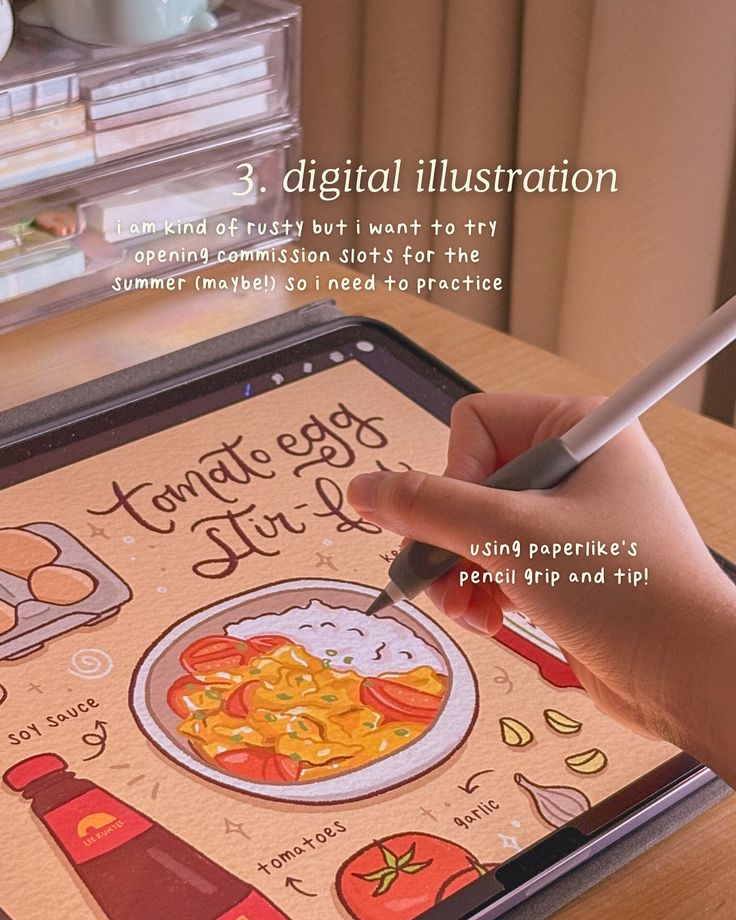
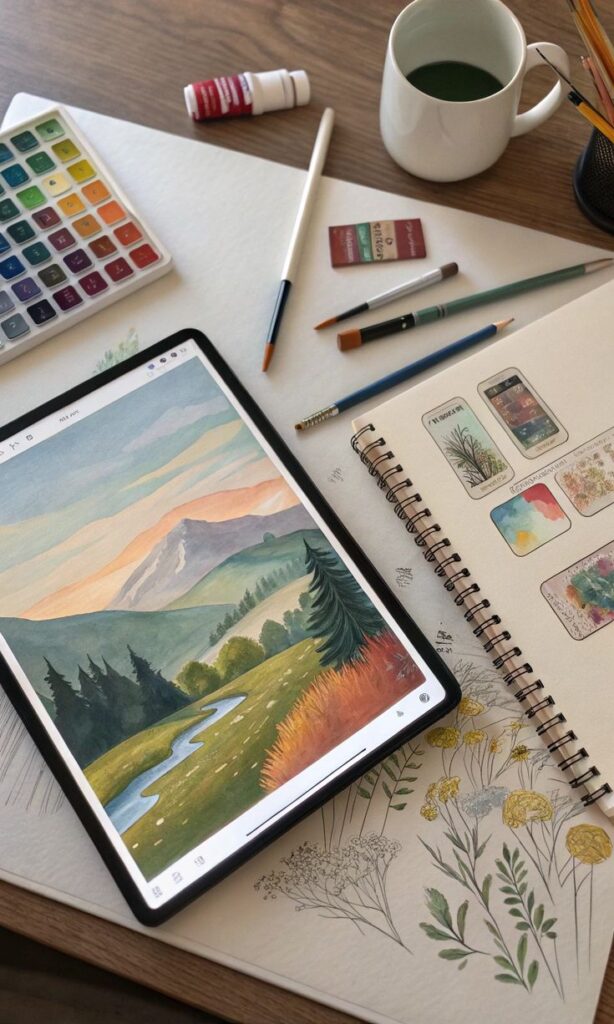
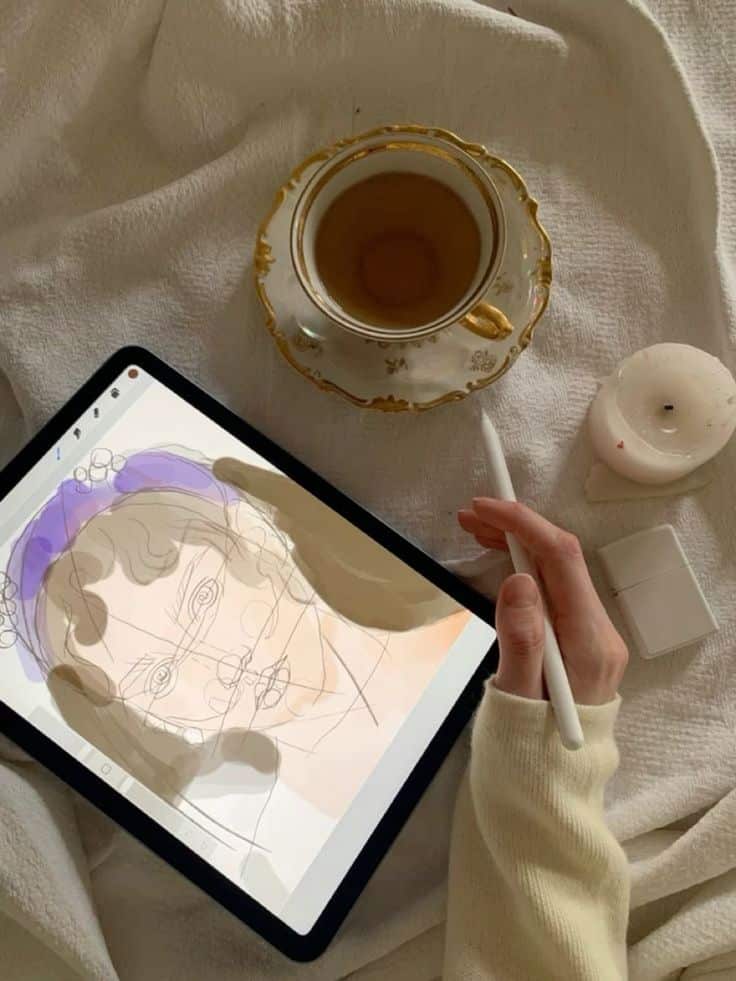
While the tactile feel of paper is unique, digital tools offer incredible flexibility.
- Drawing Apps: Use apps like Procreate, Adobe Fresco, or Sketchbook on a tablet (iPad with Apple Pencil, Samsung Tab with S Pen, or Wacom tablet).
- Benefits: Unlimited colors, layers, easy undo/redo, vast brush libraries, and no mess.
- Ideas: Experiment with pinturas digitales, blending colors and trying out different styles without the cost of physical paints. Practice different brush textures and create intricate details.
- Printable Art: Design your own stickers, greeting cards, or small prints directly from your digital sketches.
Tips for Sustaining Your Sketchbook Habit
Starting is easy; keeping it going is the real challenge. Here are some pointers to help you stick with it.
- Let Go of Perfectionism: This is the golden rule of sketchbooking. Not every drawing will be good, and that’s okay. The goal is process, not product. Embrace the “bad” drawings as steps on your learning curve.
- Consistency Over Perfection: A quick 5-minute scribble daily is more beneficial than waiting for “the right moment” to do a 3-hour masterpiece that never happens.
- Embrace Mistakes: A “mistake” is often just an opportunity for an interesting diversion. Can you incorporate it? Turn it into something new? Learn from it?
- It’s for You: Unless you choose to share, your sketchbook is a private space. Don’t worry about what others might think. This freedom allows for genuine self-expression.
- Make it Fun, Not a Chore: If an idea feels like work, try something else. Keep it playful.
- Set Mini-Challenges: Sometimes having a specific, short-term goal (e.g., “draw 7 different flowers this week”) can re-energize your practice.
- Review Your Progress: Periodically flip through your old sketches. You’ll be amazed at how far you’ve come, even with tiny, daily efforts. This visual evidence of growth is a huge motivator.
Beyond the Page: The Wider Benefits of Sketchbooking
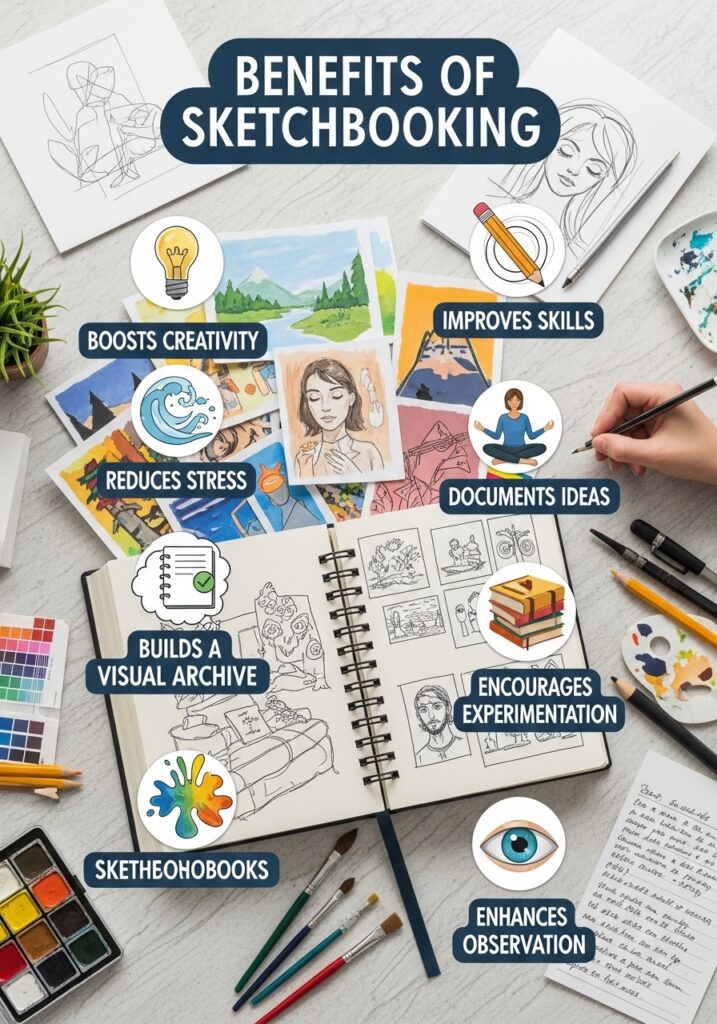

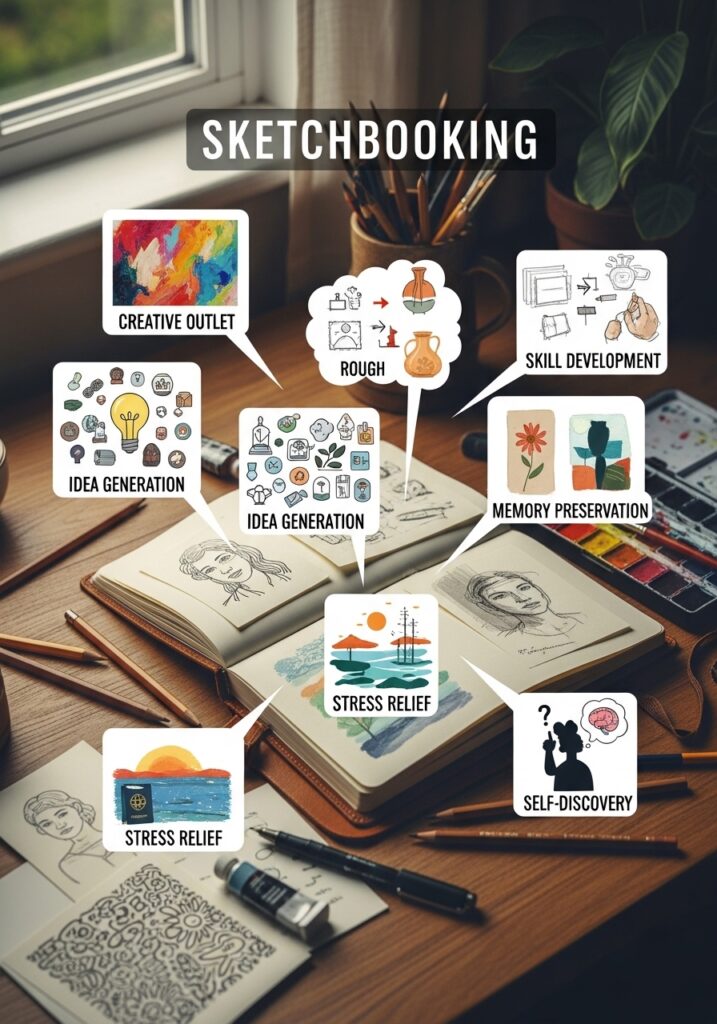
The impact of a daily drawing habit extends far beyond merely improving your artistic skills.
- Enhanced Mindfulness and Presence: The act of drawing forces you to slow down, observe, and focus intently on the present moment. This can be a powerful antidote to digital distractions and the constant mental chatter of modern life. It cultivates a deeper appreciation for the details often overlooked.
- Improved Memory and Recall: Studies suggest that drawing information can significantly enhance memory retention compared to just writing or reading. When you sketch something, you’re engaging multiple parts of your brain, creating stronger neural connections. Your sketchbook becomes a richer, more vivid memory keeper.
- Better Problem-Solving Abilities: Art isn’t just about expression; it’s about solving visual problems. How do I represent depth? How do I simplify a complex scene? How do I convey a feeling with lines? Regularly tackling these small challenges trains your brain to approach problems creatively in all aspects of life.
- Stress Reduction and Emotional Regulation: The flow state achieved during drawing can be deeply therapeutic. It provides an outlet for emotions, helping to process feelings and reduce anxiety. The rhythmic motion of drawing can be incredibly soothing, acting as a natural stress reliever.
- Boosted Self-Confidence and Resilience: Consistently engaging in a creative practice, even with its ups and downs, builds a sense of accomplishment. Overcoming the fear of the blank page and seeing your skills improve fosters self-efficacy. You learn to be more resilient in the face of perceived “failures,” understanding that they are part of the learning process.
- Unique Personal Archive: Imagine looking back through years of sketchbooks – a tangible chronicle of your life, your thoughts, your travels, your growth, all rendered in your own hand. It’s an irreplaceable legacy, a conversation with your past self.
- A Source of Innovation: Many great ideas, whether for a design project, a story, or even a scientific concept, begin as a scribble or a quick sketch. The informal nature of a sketchbook makes it an ideal incubator for nascent ideas, allowing them to take form without immediate judgment.
Conclusion
So, there you have it – a comprehensive guide to unlocking the joy and benefits of daily sketchbook fun. Your sketchbook isn’t just a book of paper; it’s a tool for self-discovery, a sanctuary for creativity, and a quiet space where you can connect with your inner artist without judgment or pressure. It’s a place where every line, every smudge, and every color tells a part of your unique story.
Don’t wait for inspiration to strike like a lightning bolt; make a daily appointment with your sketchbook, and inspiration will find you there. Grab your favorite notebook, a trusty pencil, and just start. There’s no right or wrong way to fill its pages, only your way. What are you waiting for? Your next creative adventure is just a page away.
- 347shares
- Facebook0
- Pinterest347
- Twitter0

